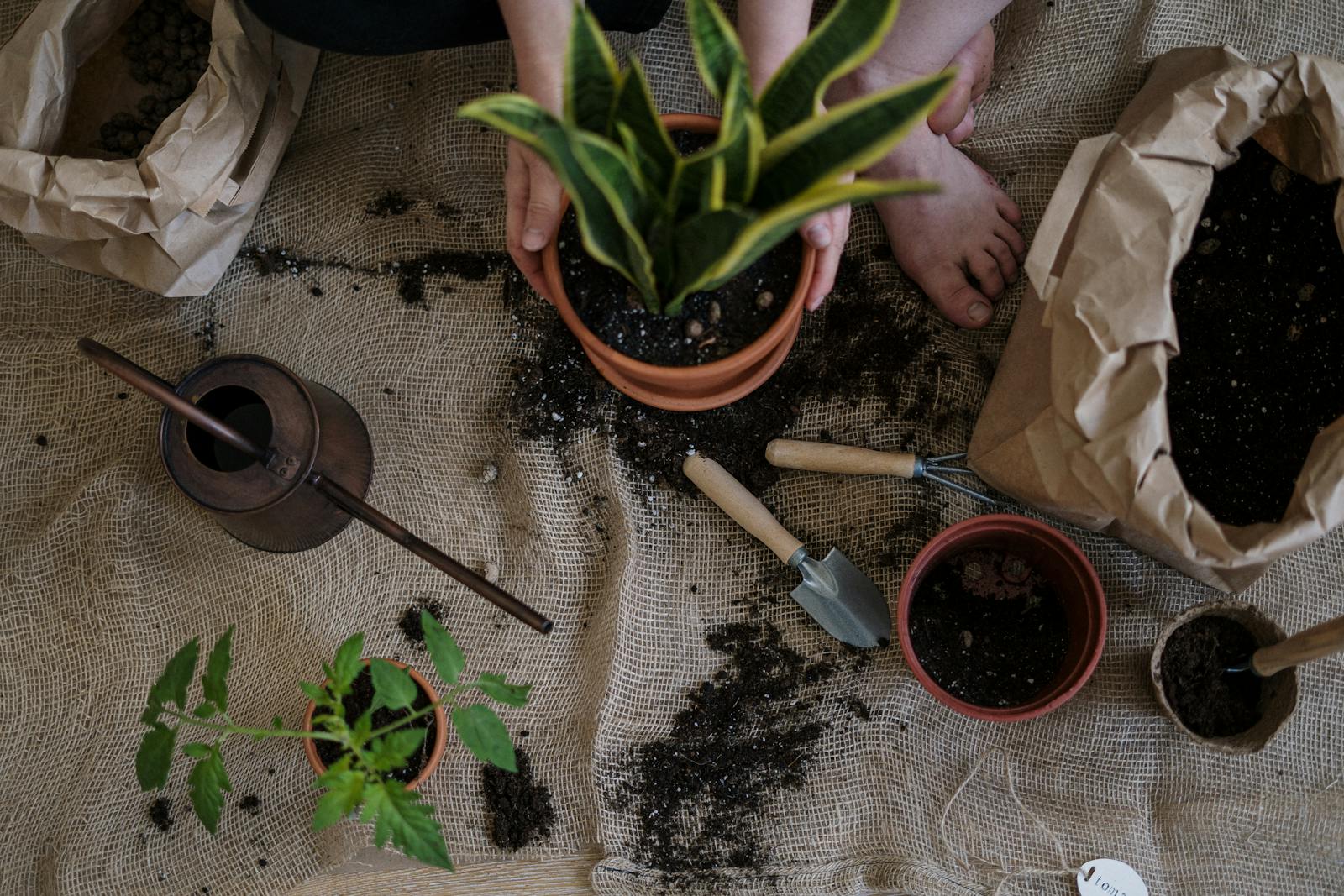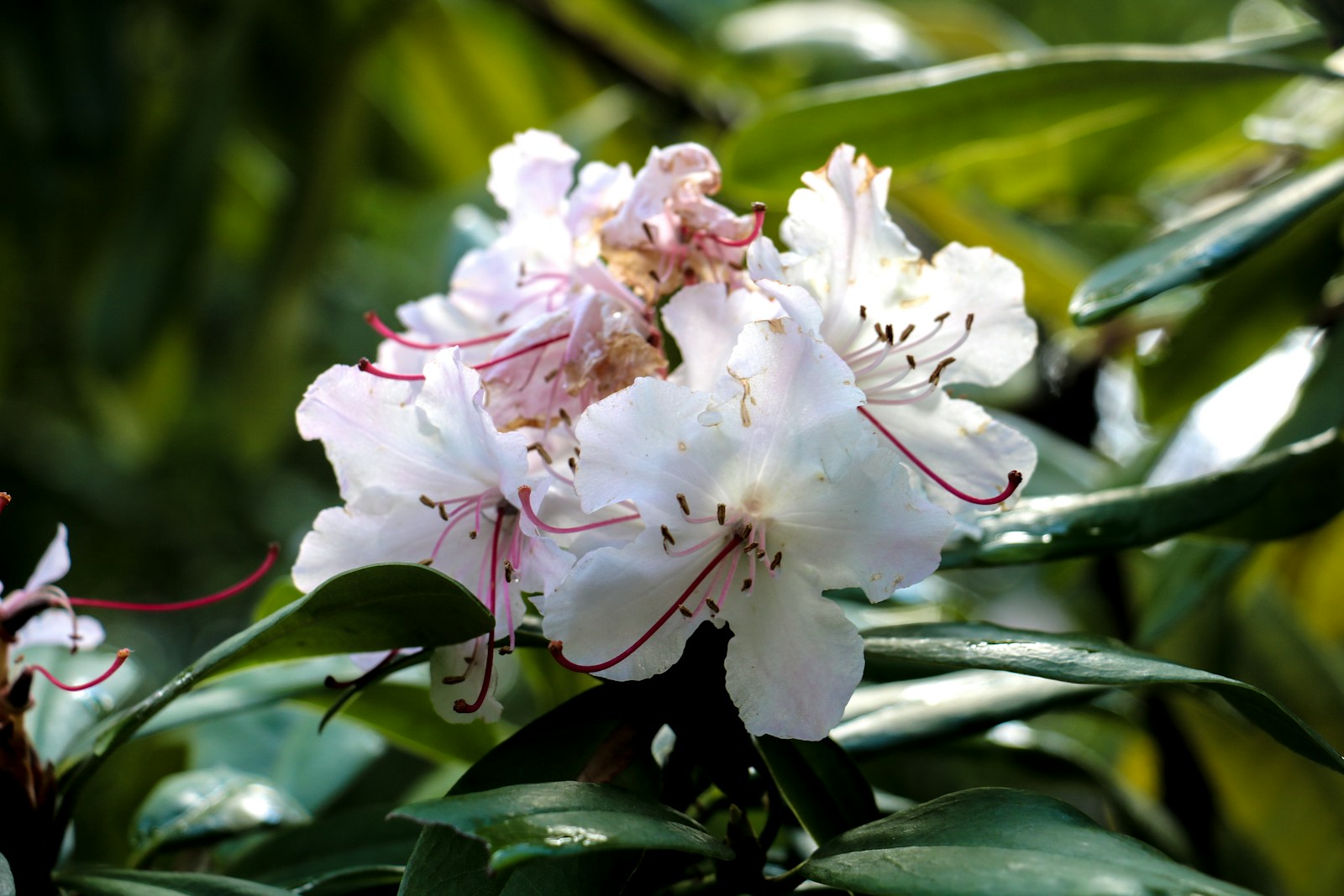In-Ground vs. Above-Ground Gardening
Understanding the Core Differences
The debate between in-ground vs. above-ground gardening often comes down to space, soil quality, and personal preference. Each method has distinct advantages that cater to different environments and gardener needs.
In-ground gardens utilize native soil and are integrated into the landscape. They allow for large planting areas and deep root systems. Above-ground setups, such as raised beds or containers, offer control over soil quality, drainage, and accessibility.
Knowing how these systems differ helps you select the most efficient, manageable, and rewarding method for your gardening goals.
Space and Site Considerations
Your available space often dictates which method works best. In-ground gardens require open, tillable land, which may be limited in urban settings. Above-ground solutions fit patios, balconies, or small yards with poor soil.
Raised beds or containers allow for dense planting and vertical expansion in tight areas. They’re especially helpful in locations with tree roots, poor drainage, or paved surfaces. In contrast, large rural or suburban yards are ideal for traditional in-ground beds.
Evaluating your space upfront ensures you invest time and resources wisely.
Soil Quality and Control
One of the strongest arguments for above-ground gardening is the ability to control soil composition. You can create an ideal mix for each crop, optimizing drainage, fertility, and pH levels from the start.
In-ground gardens rely on existing soil, which may need significant amendment. Heavy clay or sandy soil can limit growth unless improved with organic matter and careful management. Soil testing is essential for successful in-ground planting.
Above-ground beds offer faster results, especially in regions with poor or contaminated native soil.
Water Management and Drainage
Drainage varies considerably between the two methods. Above-ground systems generally provide better control over water levels and are less prone to waterlogging. They warm up earlier in the season and dry faster after rain.
In-ground beds hold moisture longer, which can be beneficial in dry climates. However, they may suffer from drainage issues in areas with compacted soil or high water tables.
Each setup requires a tailored watering strategy to avoid over- or under-saturation and support healthy root development.
Maintenance and Accessibility
Above-ground beds are often easier to maintain, especially for gardeners with physical limitations. Their elevated height reduces bending and makes planting, weeding, and harvesting more comfortable.
In-ground gardens, while more physically demanding, require fewer materials and are often easier to expand. They may also allow for deeper root systems and broader crop selection without the need for structured frames.
Your mobility, time commitment, and preferred garden scale should guide your decision between these methods.
Cost and Material Investment
Initial costs vary significantly between the two gardening methods. In-ground gardens generally cost less upfront since they use existing land. Expenses come from tools, compost, or amendments.
Above-ground systems require materials for construction—wood, metal, or composite beds—as well as soil and irrigation supplies. While more costly at first, they may save time and money long term by reducing weeding and improving efficiency.
Consider your budget and whether you value upfront savings or streamlined, long-term convenience.
Pest and Weed Management
Weed control is often easier in above-ground systems, especially when starting with fresh, sterile soil. Raised beds can also be outfitted with barriers or covers to deter pests like slugs or rabbits.
In-ground gardens typically face more weed pressure and soil-dwelling pests. However, techniques like mulching, row covers, and crop rotation can mitigate these issues.
Both systems benefit from integrated pest management practices, but above-ground setups give you an edge in prevention.
Season Extension Opportunities
Above-ground beds warm up faster in spring and cool down more slowly in fall, helping to extend your growing season. They also accommodate row covers, cold frames, and cloches more easily.
In-ground gardens take longer to warm but may buffer temperature fluctuations better during summer. Adding hoops or low tunnels over soil beds can help match some of the season-extending benefits of raised options.
Your climate and planting goals determine how much season extension matters in your decision-making process.
Design Flexibility and Aesthetic Appeal
Above-ground beds offer design flexibility that enhances the look of your garden. You can tailor the shape, height, and materials to fit your style and needs. They’re excellent for small spaces and can even be elevated to create seating or work surfaces.
In-ground beds blend naturally into the landscape but are less customizable. Paths, edging, and layout still offer aesthetic possibilities, especially in large or sloped gardens.
If appearance is a priority, above-ground gardening provides more opportunities for structure and style.
Crop Performance and Root Depth
Deep-rooted plants like tomatoes, corn, and squash benefit from the expansive soil volume of in-ground gardens. They have more space to stretch roots, which can improve resilience and yield.
Above-ground beds are ideal for shallow-rooted crops like lettuce, radishes, or herbs. With adequate depth, however, they can still support most vegetables effectively—especially when filled with nutrient-rich soil.
Choosing the right crops for your setup maximizes productivity and avoids unnecessary stress on your plants.
Environmental Impact and Sustainability
In-ground gardening promotes sustainability when done responsibly. It encourages natural soil development, uses fewer manufactured materials, and can support native biodiversity with less disruption.
Above-ground beds can be more resource-intensive initially, but they help manage soil contamination, reduce runoff, and optimize water usage through targeted irrigation.
Whichever method you choose, composting, organic practices, and thoughtful planning reduce your environmental footprint and support long-term garden health.
Learning Curve and Skill Level
Above-ground beds are often easier for beginners. With good soil and drainage built in, they provide reliable conditions for fast success. Maintenance is more manageable, and troubleshooting is simplified in controlled environments.
In-ground gardens demand more knowledge of soil science and weather patterns. They also require more effort upfront to prepare and maintain. However, they reward experience with deep harvests and wide-ranging possibilities.
Start with your current skill level, and scale up as you grow more confident in your gardening abilities.
Longevity and Durability
In-ground gardens last indefinitely with regular care. There’s no need to replace materials, and plants can naturalize over time. This method is ideal for long-term installations or large plots intended for multi-year use.
Above-ground systems have a lifespan dependent on materials. Wood may last 5–10 years, while metal or composite frames can exceed 15 years. Regular upkeep and seasonal inspections help extend their usability.
Consider how often you plan to rebuild, expand, or relocate your garden when choosing between these formats.
Accessibility and Inclusivity
Raised beds and tabletop gardens offer inclusive solutions for people with mobility challenges. They allow standing access and can be adapted for wheelchairs or tools with longer handles.
In-ground gardens can be more challenging for those with back or joint issues. However, wide paths and kneeling pads improve accessibility when paired with thoughtful layout design.
If inclusivity is a priority, above-ground options make gardening enjoyable and achievable for more people.
Choosing the Right Method for Your Garden
Both in-ground and above-ground gardening offer valuable advantages. Your choice depends on space, soil quality, personal mobility, and budget. Many gardeners use a hybrid approach—combining both methods to suit different crops and conditions.
Start by assessing your goals and constraints. Try one method and expand as you gain confidence. Whether you dig into the soil or build up from it, your garden will flourish with care, planning, and creativity.
Ultimately, the best method is the one that fits your lifestyle and brings you closer to nature, harvest after harvest.
Frequently Asked Questions
What is the main benefit of above-ground gardening?
Above-ground gardening offers better control over soil quality, drainage, and pest management. It’s also easier to access and maintain, especially in small or urban spaces.
Do in-ground gardens require more work?
They may involve more effort upfront for soil preparation and maintenance, but they also allow for greater root depth and are less expensive to set up.
Which method is better for beginners?
Above-ground gardening is often more beginner-friendly due to its simplicity, ease of setup, and predictable results. In-ground gardening requires more soil knowledge and physical labor.
Can I combine both methods in my yard?
Absolutely. Many gardeners mix raised beds, container systems, and traditional ground plots to maximize versatility and tailor planting to each crop’s needs.
How do I decide which method is best for me?
Consider your available space, soil condition, physical ability, and gardening goals. Choose the method that supports your lifestyle and inspires regular care and enjoyment.
© 2025 GardeningandDecor.com. All rights reserved.



